Minister of Transport Tran Hong Minh explained and clarified the issue raised by the delegates when discussing the draft Resolution of the National Assembly on piloting specific and special mechanisms and policies to develop the urban railway network system in Hanoi and Ho Chi Minh City.
Strong mechanisms are needed to focus investment in the short term.
Participating in the discussion at the hall on the afternoon of February 15, delegate Hoang Van Cuong (Hanoi) agreed with the issuance of special policies and mechanisms to implement urban railway projects in two major cities.
Because with urban railways, once developed, they need to follow the network, if built one line at a time, it will never be effective. Therefore, a strong mechanism is needed to focus investment in a short period of time.
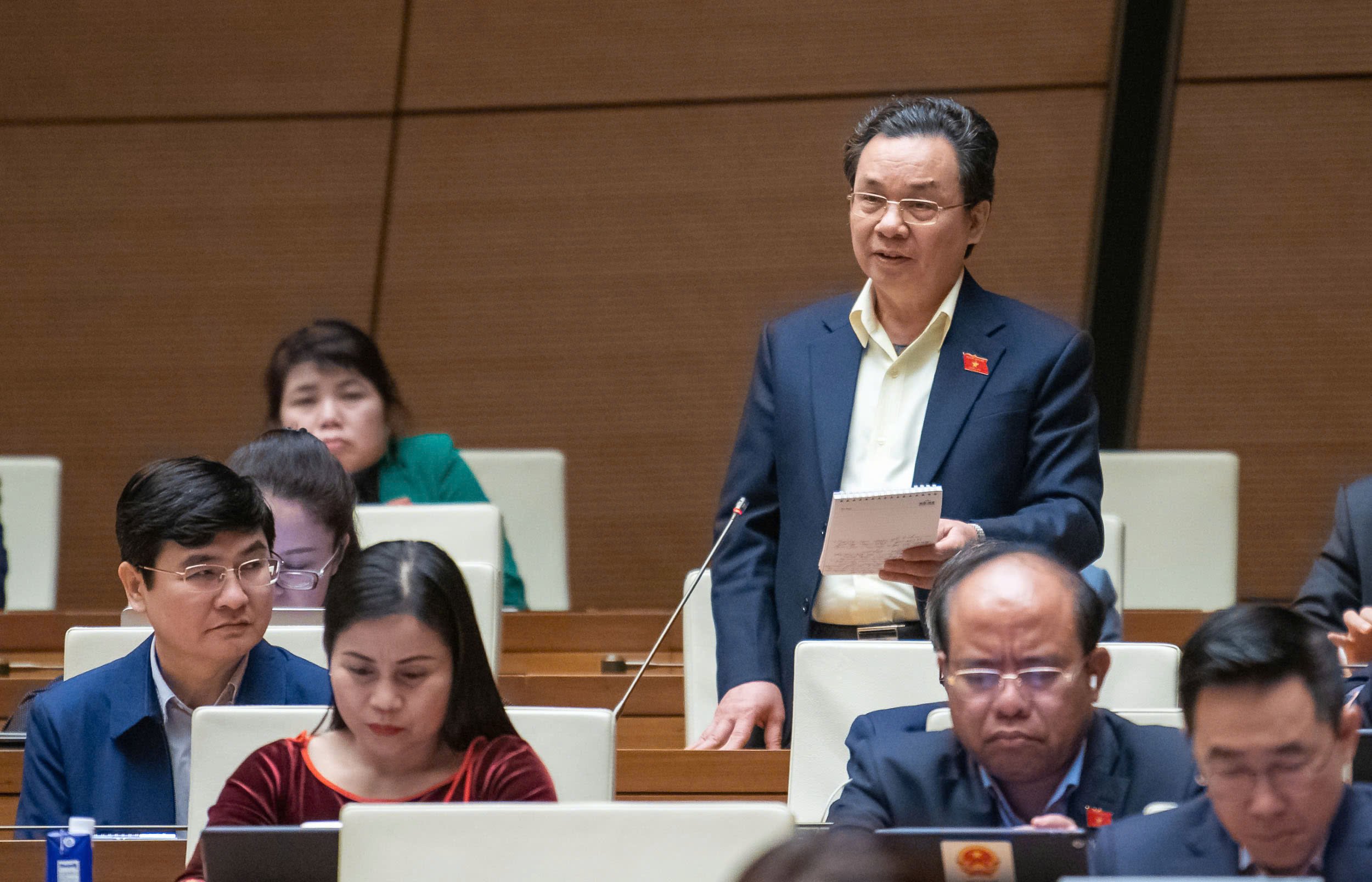
Delegate Hoang Van Cuong (Hanoi delegation).
Adding his opinion, delegate Hoang Van Cuong said that the development of urban railway networks in Hanoi and Ho Chi Minh City takes place in conditions where urban areas already exist, so development must go hand in hand with urban beautification.
With most underground stations in the inner city not in areas that must be preserved, delegates said that each underground station must be a TOD point (urban development model oriented towards public transport) to both solve passenger transport needs, renovate and embellish the urban area, and create resources for the railway.
According to delegate Nguyen Van Canh (Binh Dinh), he himself has traveled on three urban railway lines in Hanoi and Ho Chi Minh City and strongly agrees with the issuance of the National Assembly's resolution to mobilize all resources, shorten progress, and improve investment efficiency.
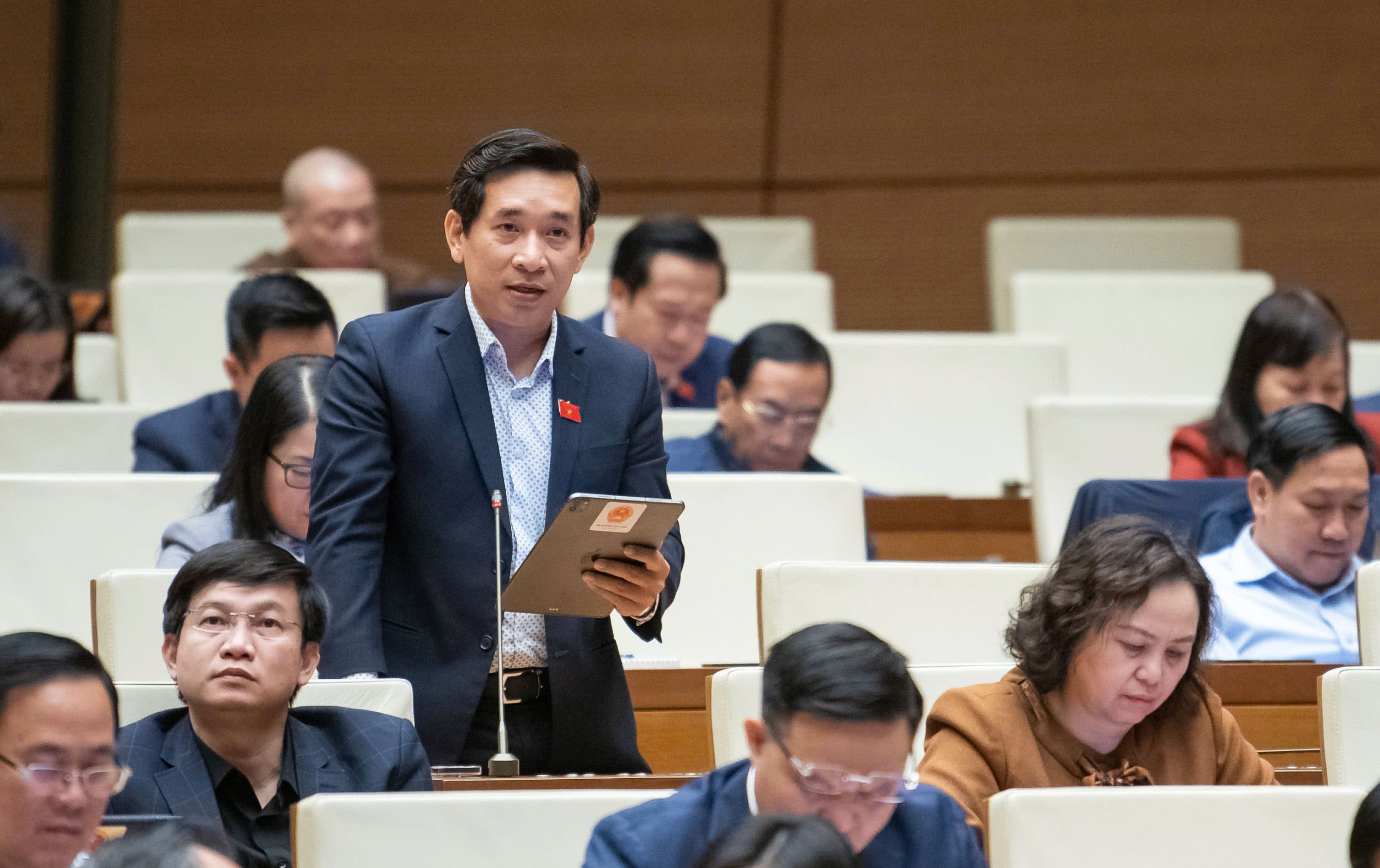
Delegate Nguyen Van Canh (Binh Dinh delegation).
Participating in giving opinions, delegates emphasized connecting railway lines to improve the efficiency of each line and the entire system.
"In the entire route planning, there is a connection system, however, when only a few routes have been completed, and some routes have not been 100% completed but have been put into use, how will the temporary connection be implemented?", the delegate asked.
He pointed out the current reality that the Cat Linh - Ha Dong line and the Nhon - Hanoi station line are not internally connected within the system but through the bus system, stopping at many stations between Cat Linh station and Cau Giay station, increasing people's travel time and costs.
According to international experience, delegates said that normally to transport passengers within the system, they use shuttle buses, usually only traveling between 2 points, passengers do not have to pay extra or be controlled when getting on and off this type of bus.
Therefore, the Binh Dinh delegation proposed that in the immediate future, some shuttle buses should be added to travel between Cau Giay station of the Nhon - Hanoi station line and Cat Linh station of the Cat Linh - Ha Dong line. When passengers get off the train, they can go straight to the bus without having to leave the station to catch the bus.
Buses also do not stop to pick up or drop off passengers along the way as they do now.
"We may spend more money to maintain a few of these buses, but it will help improve the travel efficiency of the two metro lines in which we have invested tens of thousands of billions of dong," said Mr. Canh.
Special policies will help shorten the time significantly
Explaining the acceptance of the draft Resolution on piloting special policies and mechanisms for urban railway development, Minister of Transport Tran Hong Minh said that currently, Ho Chi Minh City and Hanoi have 3 urban railway lines but have not paid attention to developing the TOD model.
That means, at present, at these station locations, land funds and issues of stability for people's lives and environmental landscapes have not received due attention.
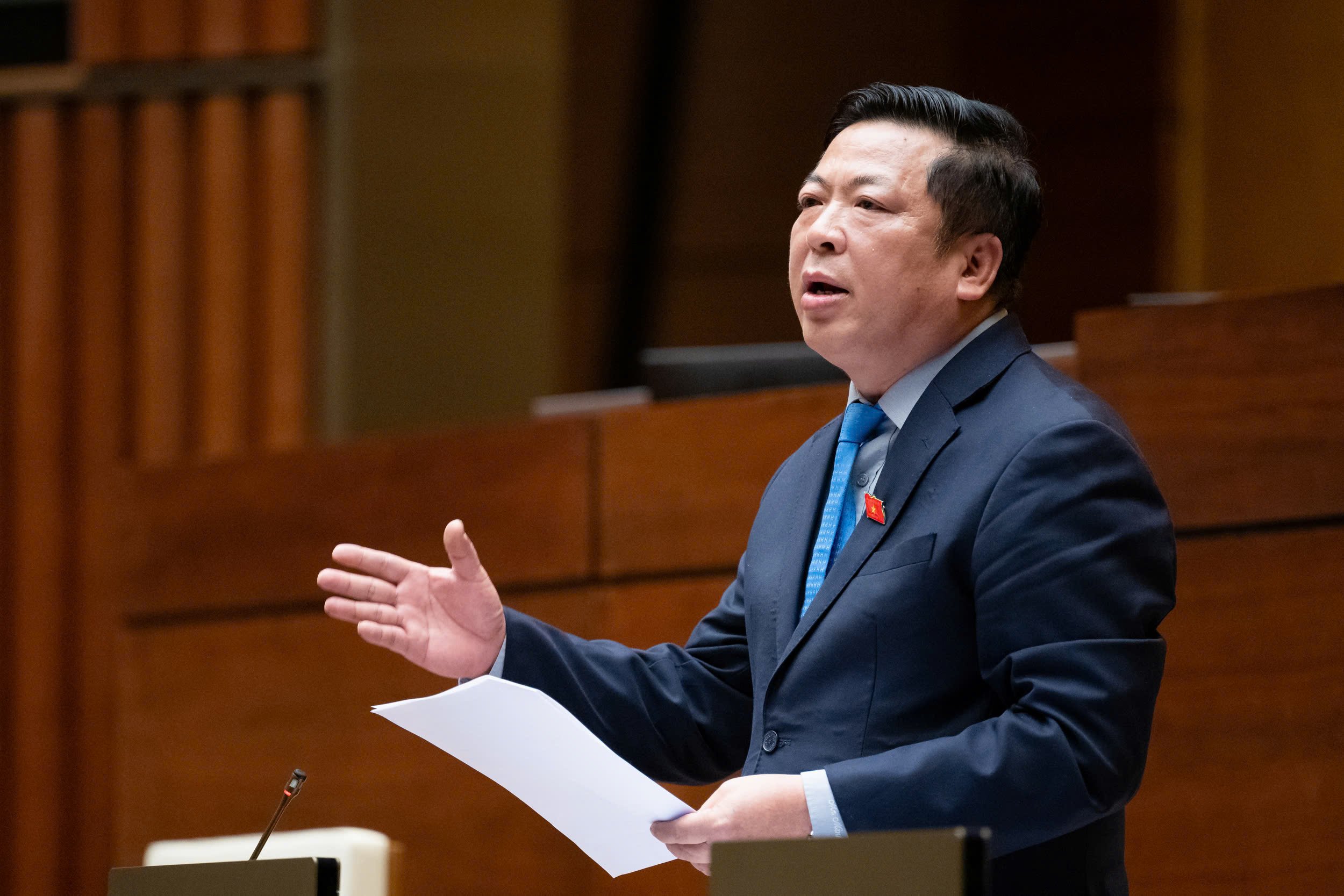
Minister of Transport Tran Hong Minh received and clarified the issues raised by National Assembly deputies.
Drawing on experience from the past period, the draft Resolution has included TOD development planning to create land funds above and below to increase surplus land resources and renovate the urban area accordingly.
Further clarifying the special policy, the Minister said that according to the provisions of the Law on Public Investment, normal projects must prepare a pre-feasibility report to preliminarily determine the necessity, scale of the route, calculate capital sources, implementation time, then prepare a feasibility study report, technical design for construction, and implement bidding.
From the implementation practice in the two cities, it can be seen that it usually takes 3-5 years to approve investment policies, and some projects even take more than 5 years. To start a project following this procedure will take 6-7 years.
While according to the Politburo's resolution, from now until 2035, Hanoi and Ho Chi Minh City must build an urban railway network, if done in that order, it will not be in time and will pose a big challenge.
"Without a specific mechanism and policy to shorten the time, it cannot be done," said Minister Tran Hong Minh.
In fact, the city's planning content has sufficient conditions to preliminarily determine the scale, route direction, basic parameters of the project regarding capital sources and especially has fully regulated the ability to balance capital for the projects.
Thus, the necessary content of the project investment policy has been determined, so there are sufficient conditions to immediately implement the project preparation work, combined with technical design and construction drawings.
In addition to the policy proposal of not implementing investment policy, the draft Resolution also proposes to allow overall technical design instead of basic design. This is a breakthrough solution.
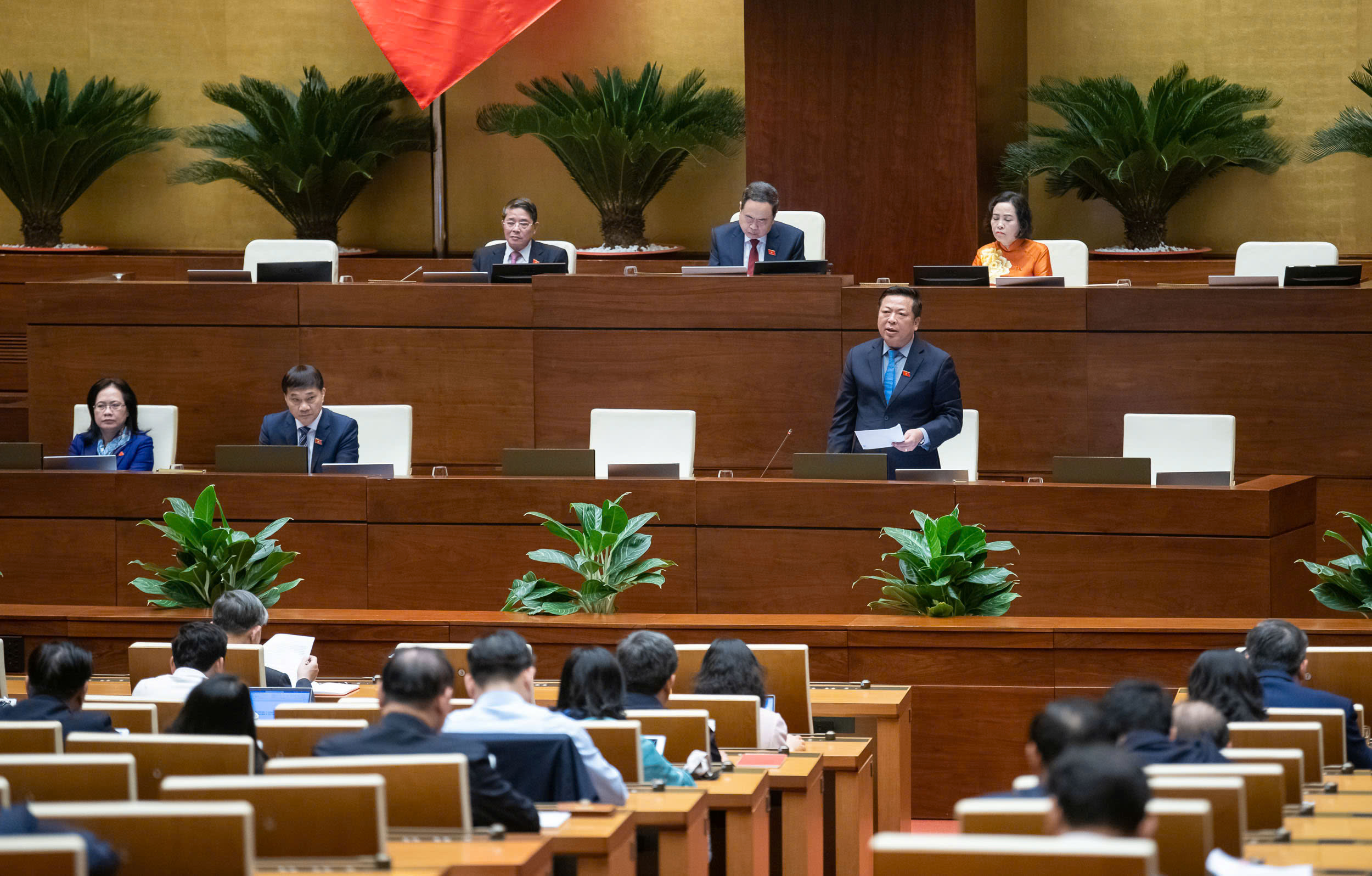
View of the parliament on the afternoon of February 15.
Regarding the policy mechanism to promote decentralization and delegation of power, it is calculated that it can reduce from 3 to 5 years when decentralizing to localities to decide on initiative and shorten the approval process according to the principle of "localities decide, localities do, localities are responsible".
Regarding the policy of designated bidding, according to the Minister of Transport, this will help shorten the time for selecting contractors and investors from 18-25 months.
"According to the normal process, bidding will shorten the time to select contractors and investors by about 4-6 months for a stage compared to the bidding method. If we go through the stages, from project preparation, pre-feasibility study report to feasibility, technical design, contractor selection... and all work is bid, it will take longer. If we implement this regulation, it can be shortened by 18-25 months," said Mr. Minh.
In fact, a number of transport projects implemented recently have been permitted by the National Assembly to be implemented through the method of designated bidding with a requirement to save 5% compared to the estimate and have been effective.
Source: https://www.baogiaothong.vn/bo-truong-gtvt-co-che-dac-thu-dac-biet-giup-rut-ngan-thoi-gian-lam-duong-sat-do-thi-192250215190727125.htm


![[Photo] General Secretary To Lam meets and expresses gratitude to Vietnam's Belarusian friends](https://vphoto.vietnam.vn/thumb/1200x675/vietnam/resource/IMAGE/2025/5/11/c515ee2054c54a87aa8a7cb520f2fa6e)
![[Photo] General Secretary To Lam concludes visit to Russia, departs for Belarus](https://vphoto.vietnam.vn/thumb/1200x675/vietnam/resource/IMAGE/2025/5/11/0acf1081a95e4b1d9886c67fdafd95ed)



![[Photo] General Secretary To Lam arrives in Minsk, begins state visit to Belarus](https://vphoto.vietnam.vn/thumb/1200x675/vietnam/resource/IMAGE/2025/5/11/76602f587468437f8b5b7104495f444d)
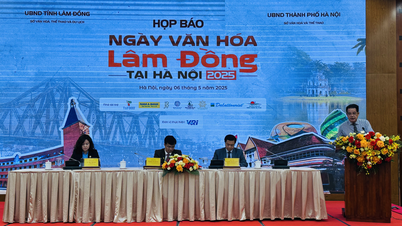










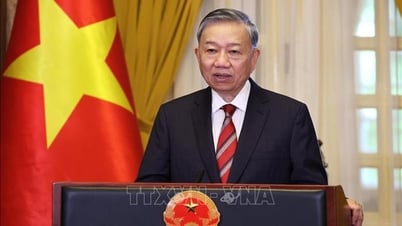




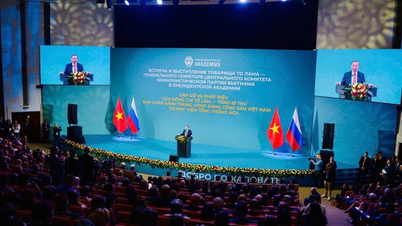










![[Photo] National Assembly Chairman Tran Thanh Man attends the Party Congress of the Committee for Culture and Social Affairs](https://vphoto.vietnam.vn/thumb/1200x675/vietnam/resource/IMAGE/2025/5/11/f5ed02beb9404bca998a08b34ef255a6)

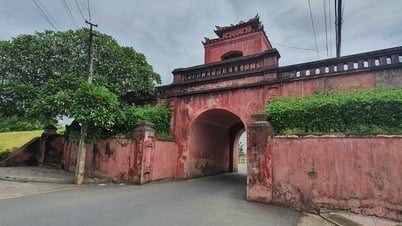
































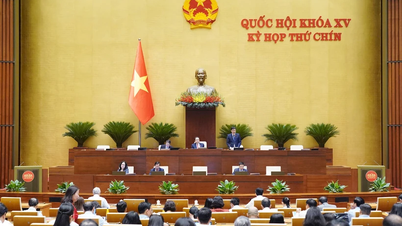


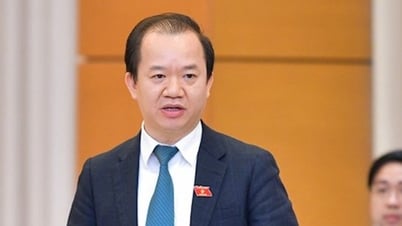


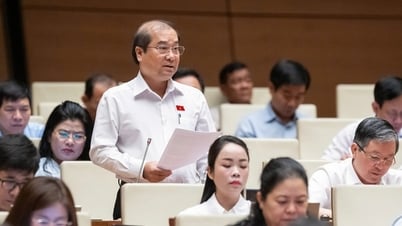
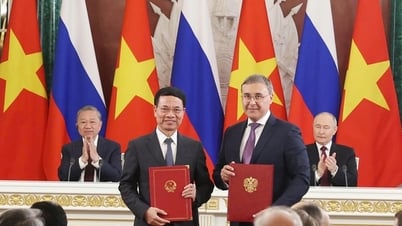










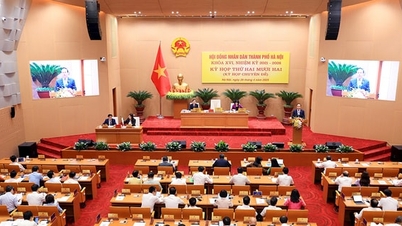





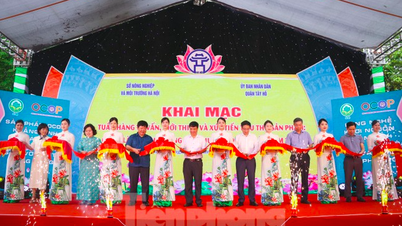





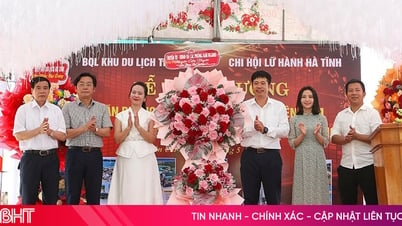
Comment (0)